Planning Your Olympic Adventure
Apr 06
Olympic Adventure: a trip of a lifetime to Russian Olympics in Sochi! If you ever get a chance to attend an Olympic games, I thoroughly recommend that you make it happen. It will be the best time of your life. You might ask yourself: how do I attend the Olympics as a spectator? It is a lot of work and yes it will take months and maybe even years to plan. However, the end result is one of the most rewarding experiences of your life: pure joy along with heartache and a chance to cheer for your country while you meet great people from around the world.
Planning Your Olympic Adventure
1. Tickets
I recommend purchasing tickets before you make any other plans such as flights and hotels when planning your Olympic adventure. Your nationality or country of residence will determine the next step. For the most recent games in Sochi, Russia, Russians and anyone residing in Russia could purchase tickets through their main website, sochi2014.com. The remainder of the world had to go through an official ticket agency or reseller: each country was assigned to one. Canada, United States and several other countries were under http://cosport.com/.
UPDATE: CoSport remains the ticket re-seller for many nations including the United States. Canada, however, has opted to make a change and now tickets for the Olympics are available through ATPI Sports Events. They are all live sales, no ticket request submissions and then an allocation later. It is live and chaotic. However, I appear to have some luck and have secured tickets to both hockey gold medal games again along with some figure skating for men/pairs/dance, snowboard, curling, speedskating, skiing, and so on. I am still trying to get the men’s big air or men’s curling gold tix. Those are the two remaining tickets I am trying to secure.
I purchased my Olympic tickets for Vancouver through their main website (vancouver2010.com) while purchasing tickets for London and Sochi via CoSport. My guess is Rio and Pyeongchang will follow suit with CoSport but nothing has been announced yet. Keep an eye on the Olympic websites for each host nation.
In both cases, you will submit your ticket request. The process has differed slightly for each Olympic games so I will focus on Sochi, my most recent Olympic experience. I submitted a ticket request to CoSport. I was not charged immediately. The first step was an ‘expression of interest’ where I listed which events I wanted, how many tickets and which price category. A month or two later, I received word on which tickets were available and I was able to purchase at that time; I could change my mind during the checkout process such as delete tickets I did not want anymore. I could not add to my request or change the price category level.
You don’t get just one shot at it either. Tickets are released numerous times during the year. I learned this the hard way with the Vancouver Olympics: I thought there was ONE opportunity so I booked my flights and hotels around my original ticket allocation. Remember, there are MANY opportunities to buy tickets: either others declined to purchase, sponsors have returned tickets, etc.
I have bought tickets for some very big events: men and women’s hockey gold medal games in both Vancouver 2010 and Sochi 2014 (the marquee event of the Winter games); men and women’s curling gold medal games in Vancouver and Sochi; men’s downhill in Sochi; Sochi Opening Ceremony; men’s 200 m in London; Vancouver Closing Ceremony. How did I get that lucky?
It is not luck. You must check the websites constantly for either new tickets or information on when more tickets will be released. Be vigilant.
One of the tricks that worked for me was creating multiple accounts for the original ticket allocation: I added an account for my mom and one for my dad. I added big-ticket events to their request as well as to my own. Maybe they’d want to come to the games with me? Or maybe they can give me their tickets? I hit the men’s hockey gold both times using this method (my mom is very lucky).
If you did not get tickets in the original allocation or even in the subsequent releases, do not worry. There are other opportunities. Both Vancouver and Sochi had a ticket reselling website (London did not) so you could sell and buy tickets officially; I liked this since I knew the tickets were legitimate. I would be very apprehensive of buying through a non-official source.
Finally, if you want to take the risk, you can try scalpers. Each Olympics will have different rules according to their games and country. Russia had scalpers hanging out right in front of the venues or just other people wanting to sell tickets. I never bought tickets that way but I almost did a couple of times; I declined due to time constraints on my schedule.
So keep an eye on the main website for the Olympics you wish to attend and sign up for any newsletters. Rio 2016 and Pyeongchang 2018 are the next Summer and Winter Olympics.
For the last three Olympics, tickets went on sale or the process started about 14-18 months before the event but keep a close eye on their websites. Russia was very slow to post information while London and Vancouver had a great deal of information on their websites years before their games started.
2. Hotel and 3. Flight
I normally book my hotel and flight around the same time or I’m researching them at the same time when planning my Olympic adventure. For Vancouver and London, this went smoothly and there were plenty of hotels to book in both locations. I had no issues with both cities; I booked my hotel about a year out and my flight about six to eight months from the Olympics. Russia was very different: they had hotel issues and it was difficult to book anything. I booked about six months to go and that made me nervous.
My policy for booking a hotel is always location, especially during an Olympics. You want to be near the metro or public transportation so you aren’t spending extra time walking especially if it is late at night. You will need to save your energy: usually the venues are spread-out and you will walk your ass off (yes London and Sochi).
Flights are usually the easiest to book: it’ll depend on your hotel booking or the dates you wish to attend. It will depend on price, how many stops, and whether you are going anywhere else as I did when I went to London (D-Day Beaches in Normandy, France) and Sochi. Here is a link to my article on finding cheap flights: that applies to any flight booking.
Be prepared to pay more for flights and hotels during an Olympics. You can stay in hostels, bed and breakfast or couch-surfing to save money. Prices increase during the Olympics; my guess is 25-40%. I prefer staying in hotels and staying in a good location so I book early. Booking flights later is probably fine; I had issues with my Russian trip as flights were limited in/out of Russia on the prepared days/times so always keep that in mind.
Update: It has been a bit tougher trying to find accommodation for PyeongChang. I am in a couple facebook groups where people are posting tips. However, there is plenty of time so I am not worried. Check with TripAdvisor for tips in the travel forum section. That is how I discovered the cruise ships moored in the port for the Sochi Olympics.
4. Visas
Do you need a visa? Of course this will depend on your country of residence but make sure to check into this and how long it will take. For Sochi 2014, I submitted my Russian visa application in November just to give myself extra time before flying to Russia on January 31st. Canadians and Americans need a visa for Brazil but do not need one for South Korea.
5. Immunizations
Check with your local health provider to see if you need to update any of your shots or need new ones. I updated some of mine before Russia and got the Hep A/B combo shot just in case. Your travel health clinic can tell you which ones you need. Maybe you also want to bring along something for traveller’s diarrhea so your Olympic adventure doesn’t turn into a disaster.
6. The Language
I always recommend learning the language of the country you are visiting. While you may not be able to learn all of it, you should at the very least learn a handful of phrases such as asking for directions, ordering food, please and thank you. The locals will treat you better if you know just a few phrases. But go further than that; learn more than just thank you. It is rewarding to learn a new language.
7. Insurance
Don’t forget to purchase medical insurance if you do not have it already. I am lucky that I have it through my work and it covers any trips I take around the world. Also you will need trip insurance: make sure it includes cancellation or interruption, baggage lost, flight accident, or whatever you wish to include. I usually get one that covers everything since the price is usually reasonable. Check whether it includes catastrophic events and all fine print. These are big and expensive trips: do not live on the edge.
These are the top things you have to keep in mind when planning a trip to an Olympic games; your Olympic adventure will be filled with excitement if you take care of everything before you go. Other things may pop up so that’s why I have recommended that you pay close attention to the Olympic host city website and sign up for those newsletters. Each Olympic procedure may differ from the previous one so keep an eye on it.

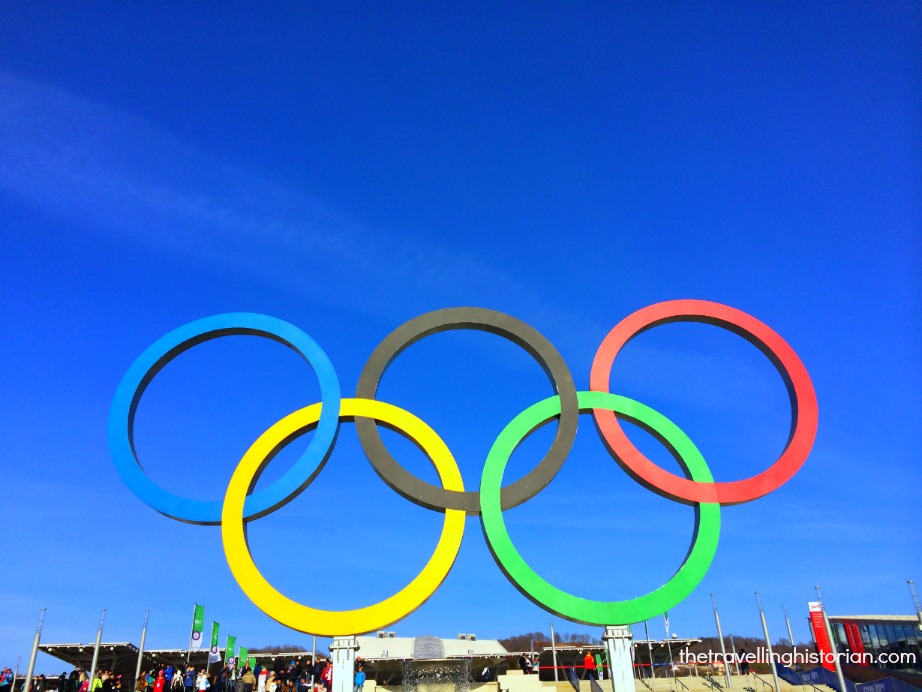
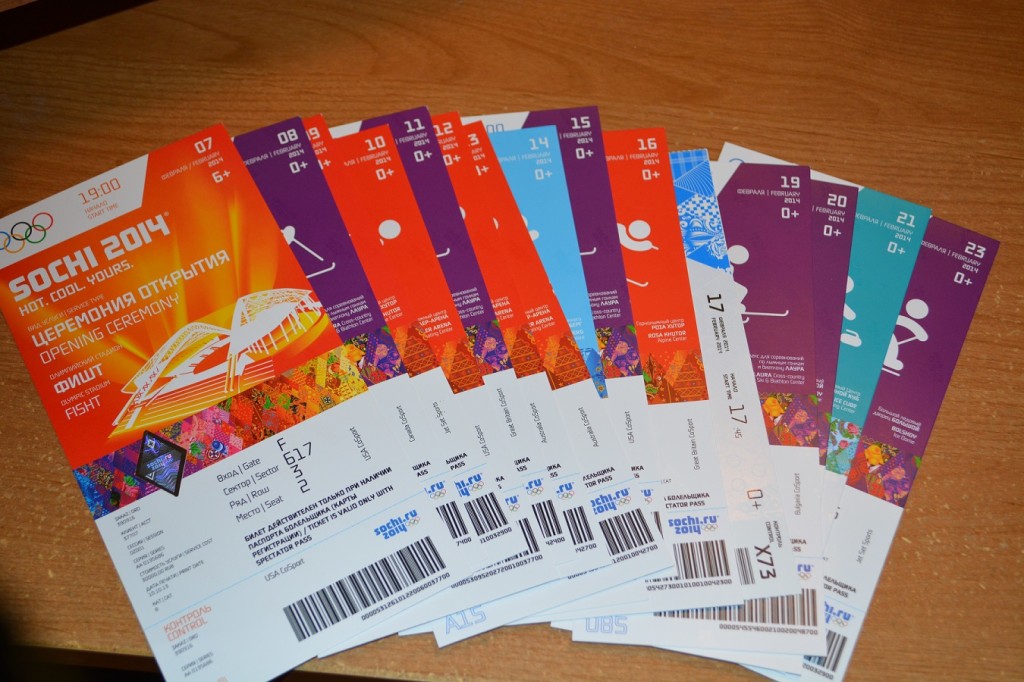
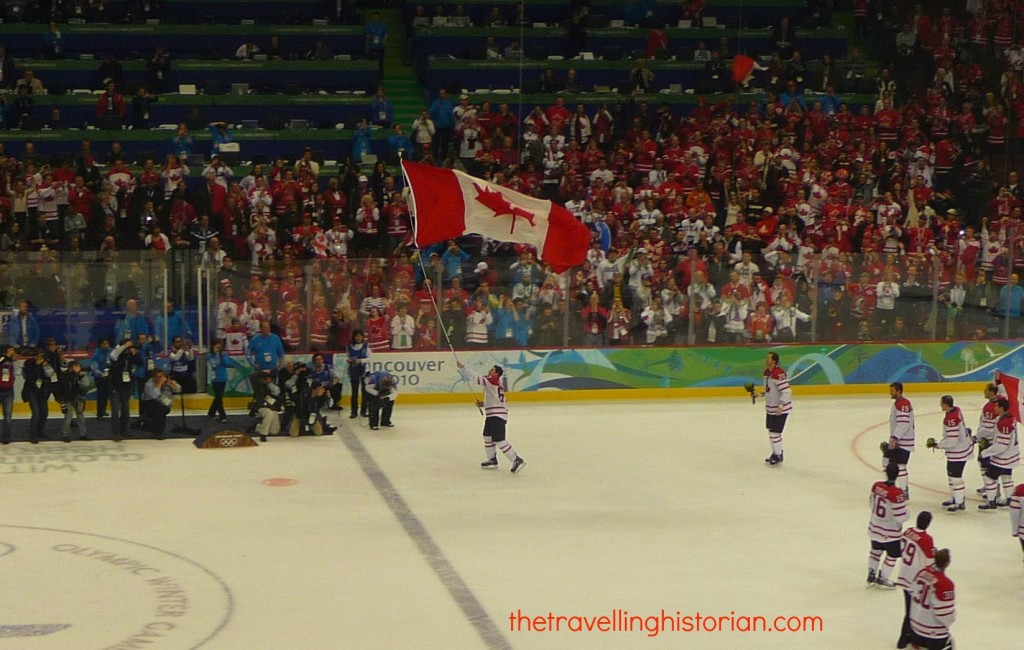
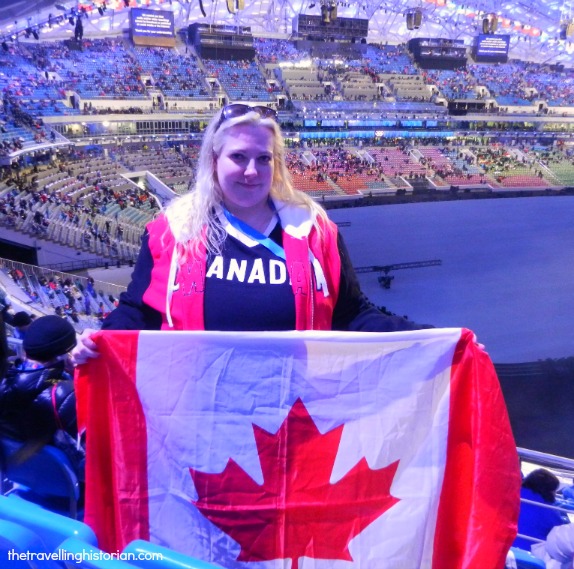
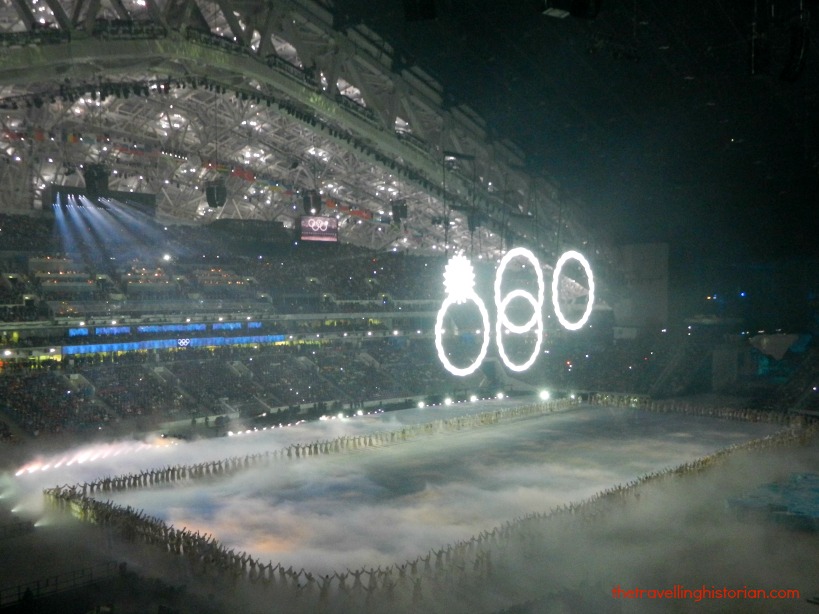
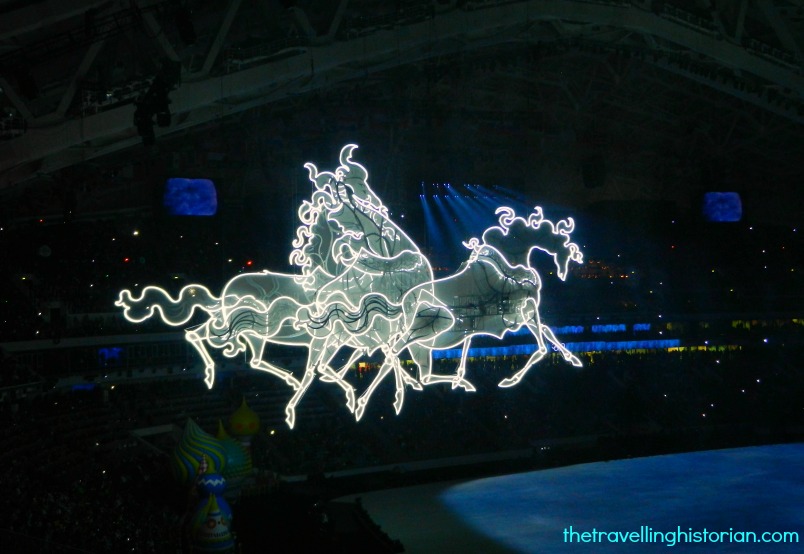
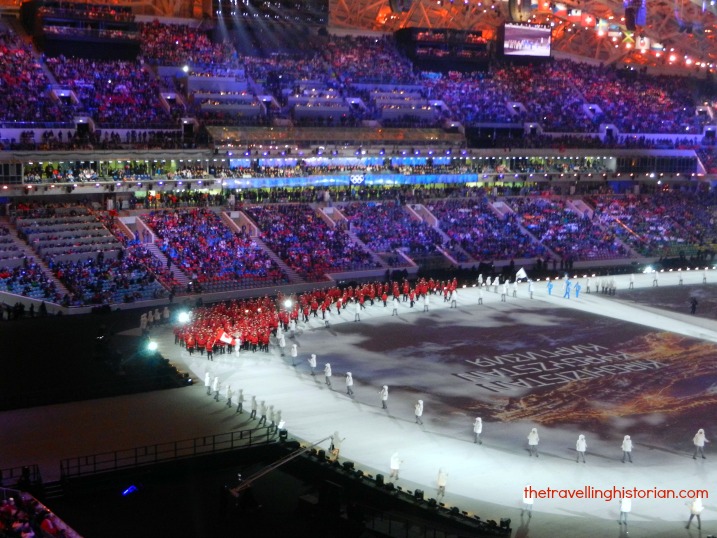
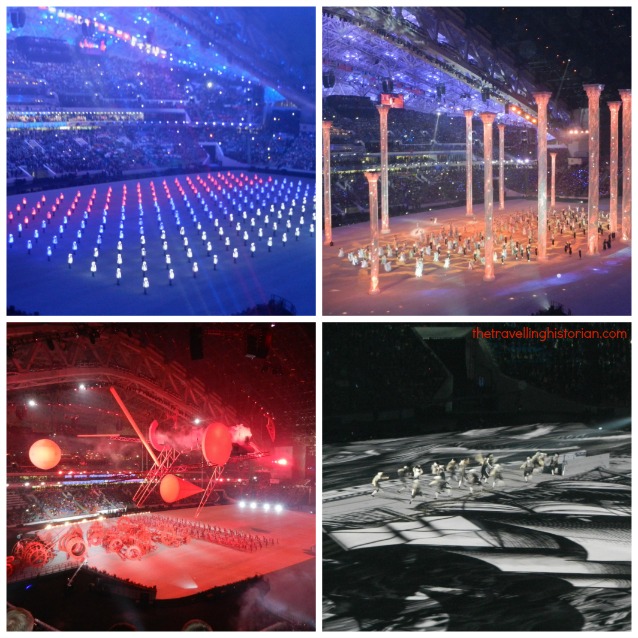

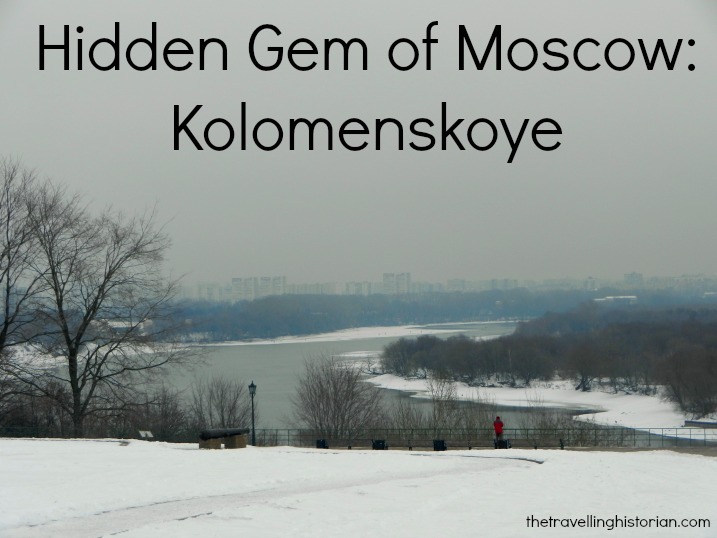
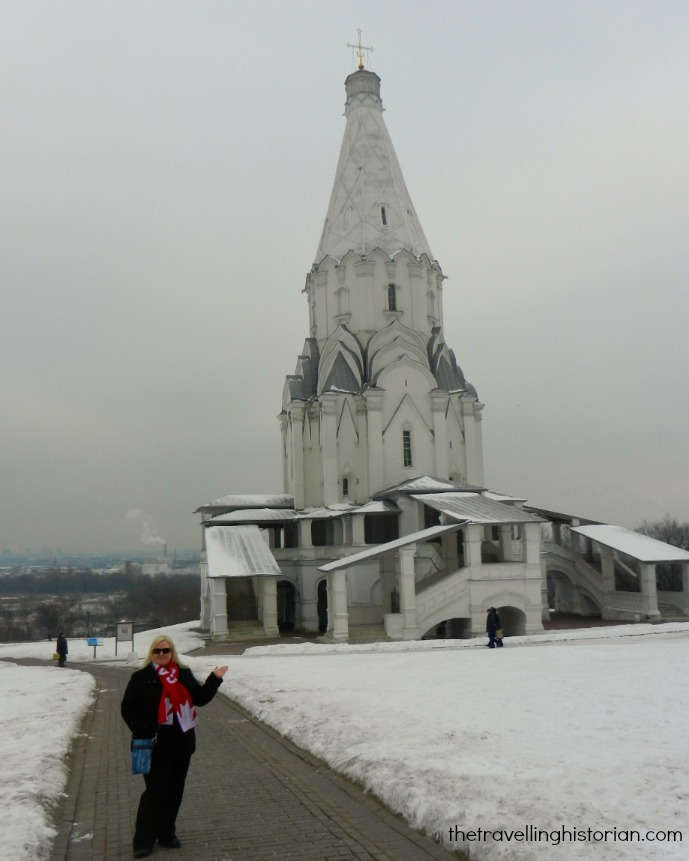
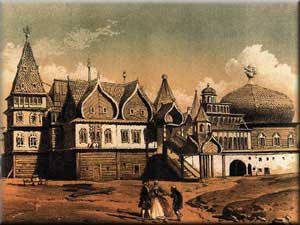

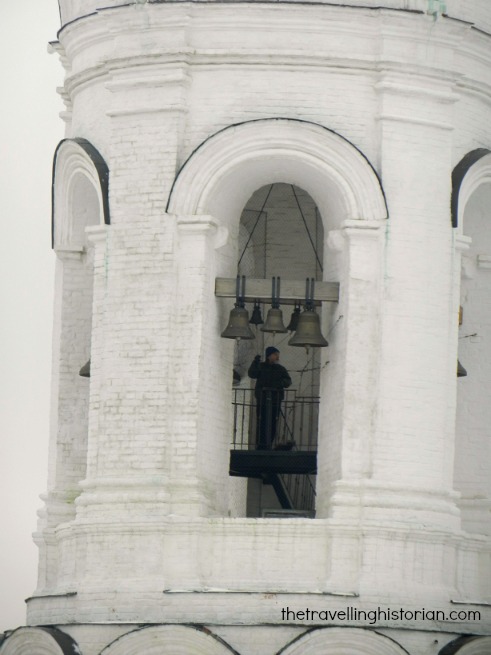
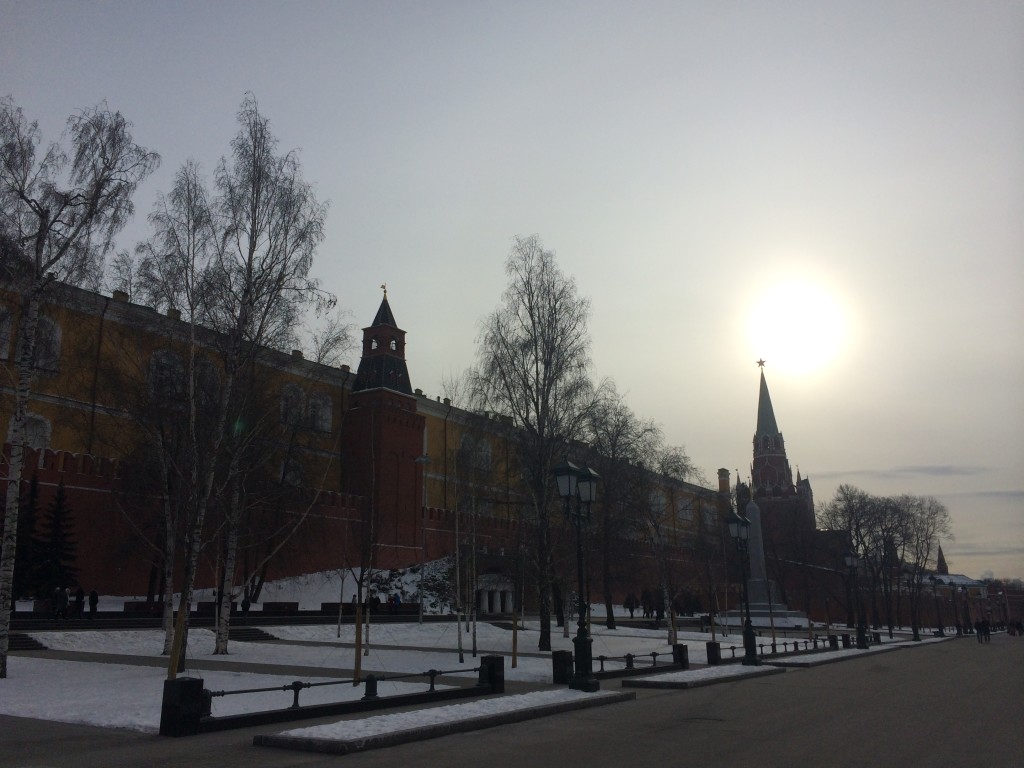


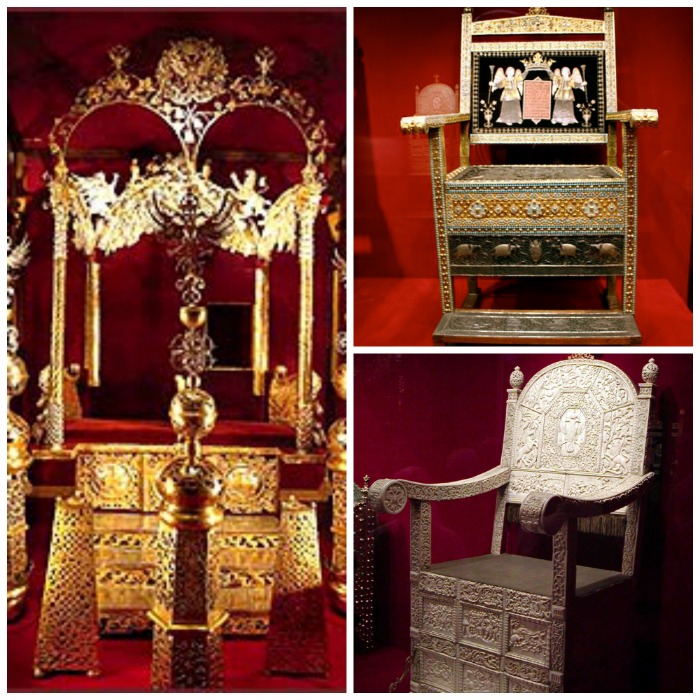
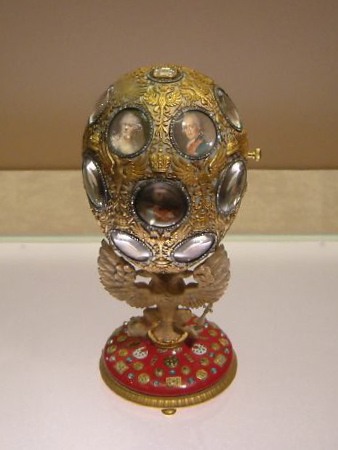
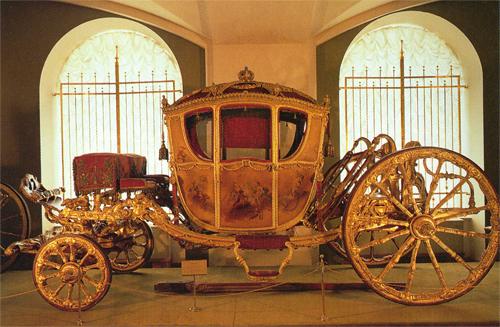
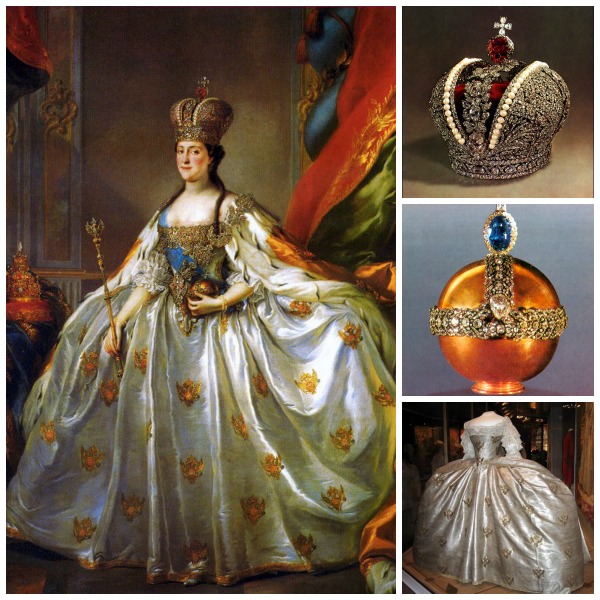
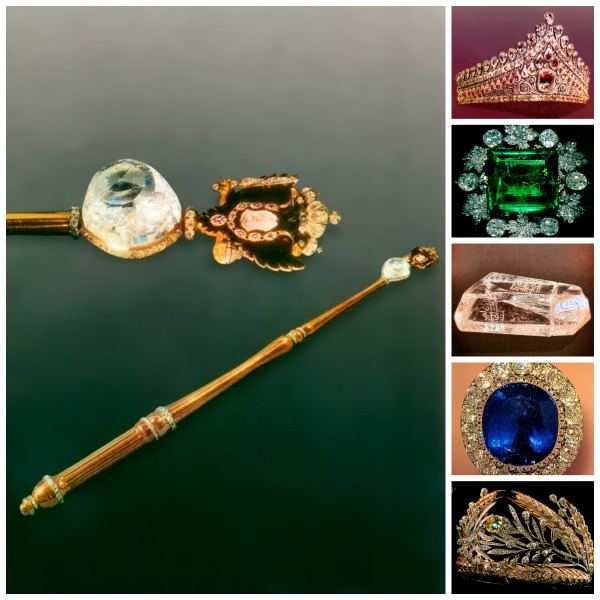
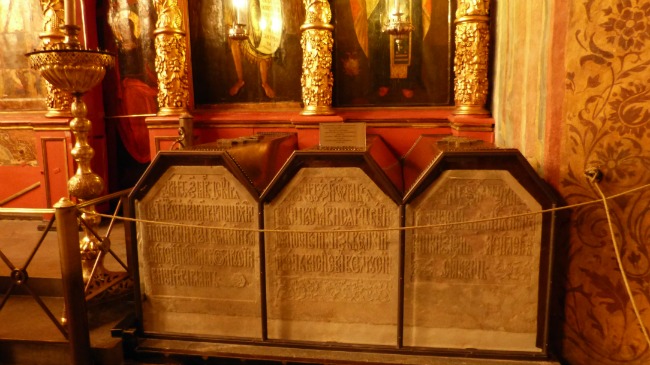


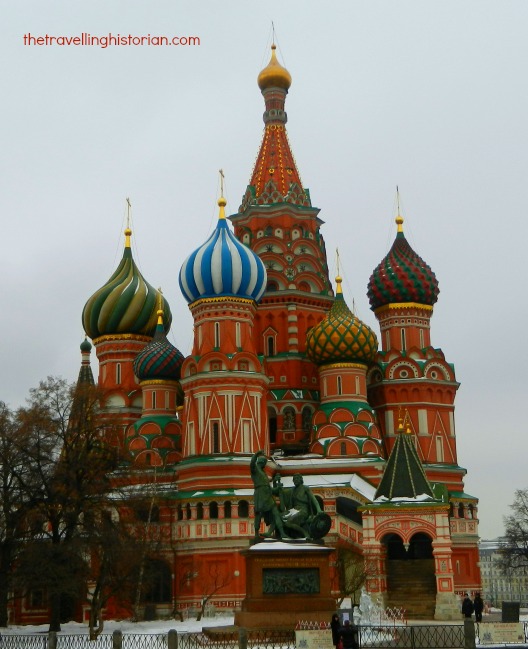
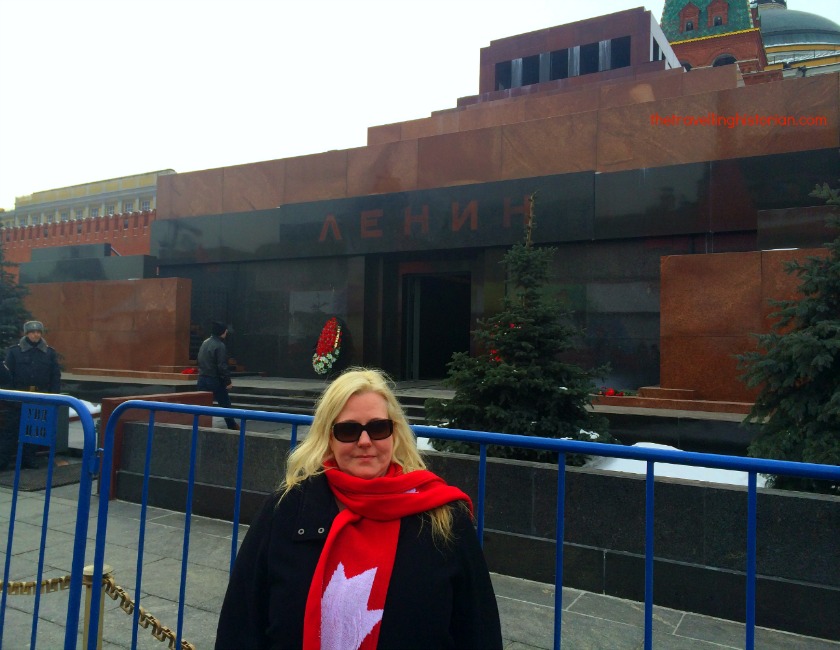
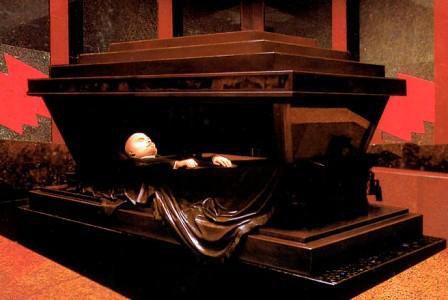
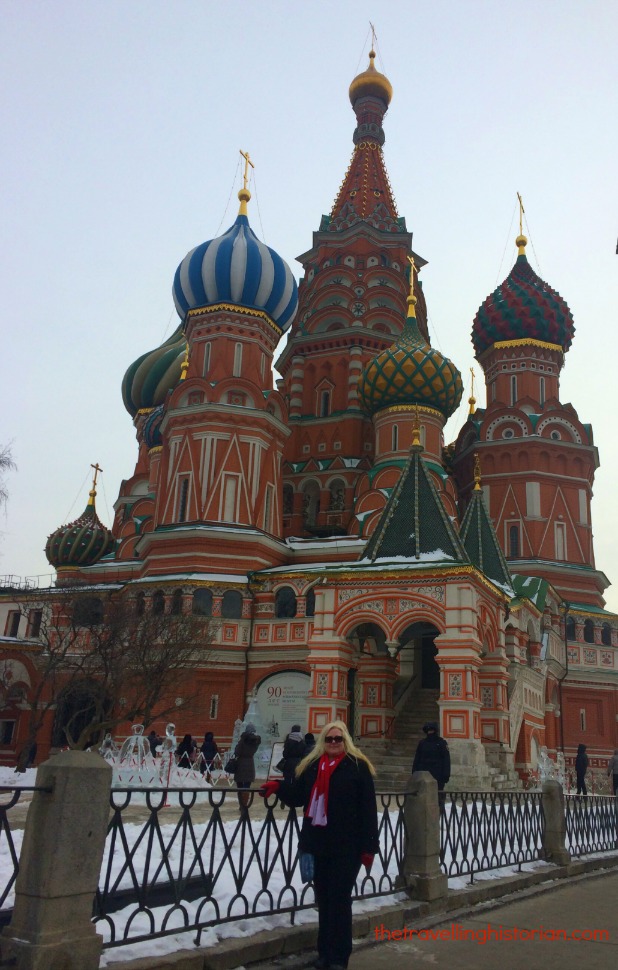

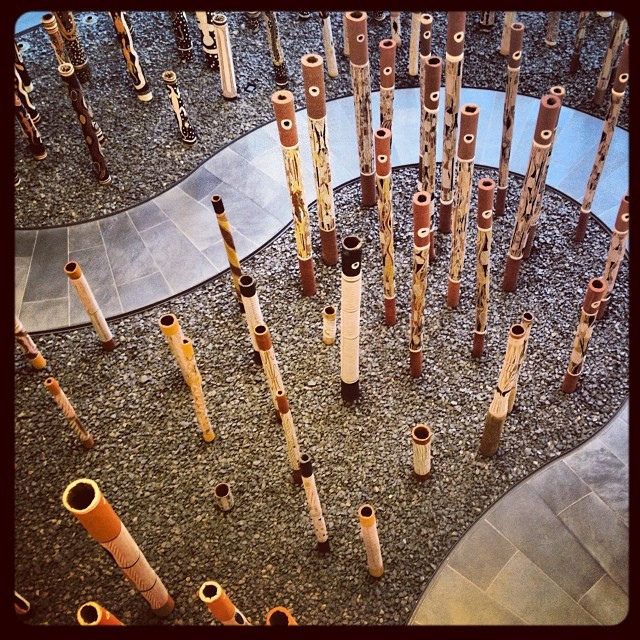
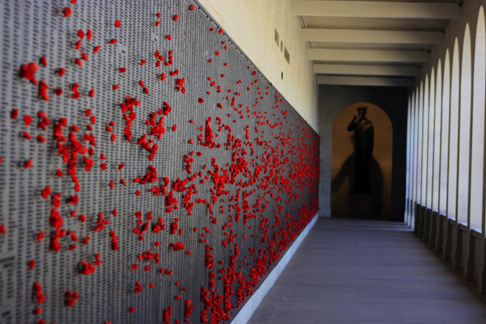
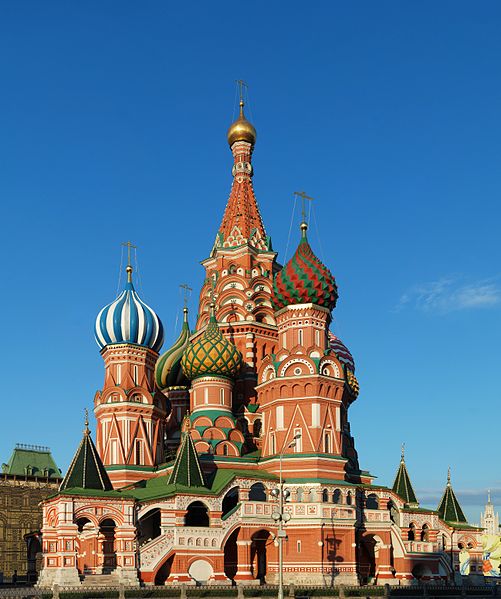

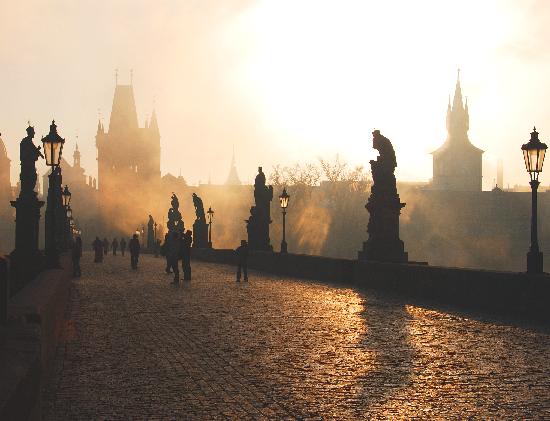
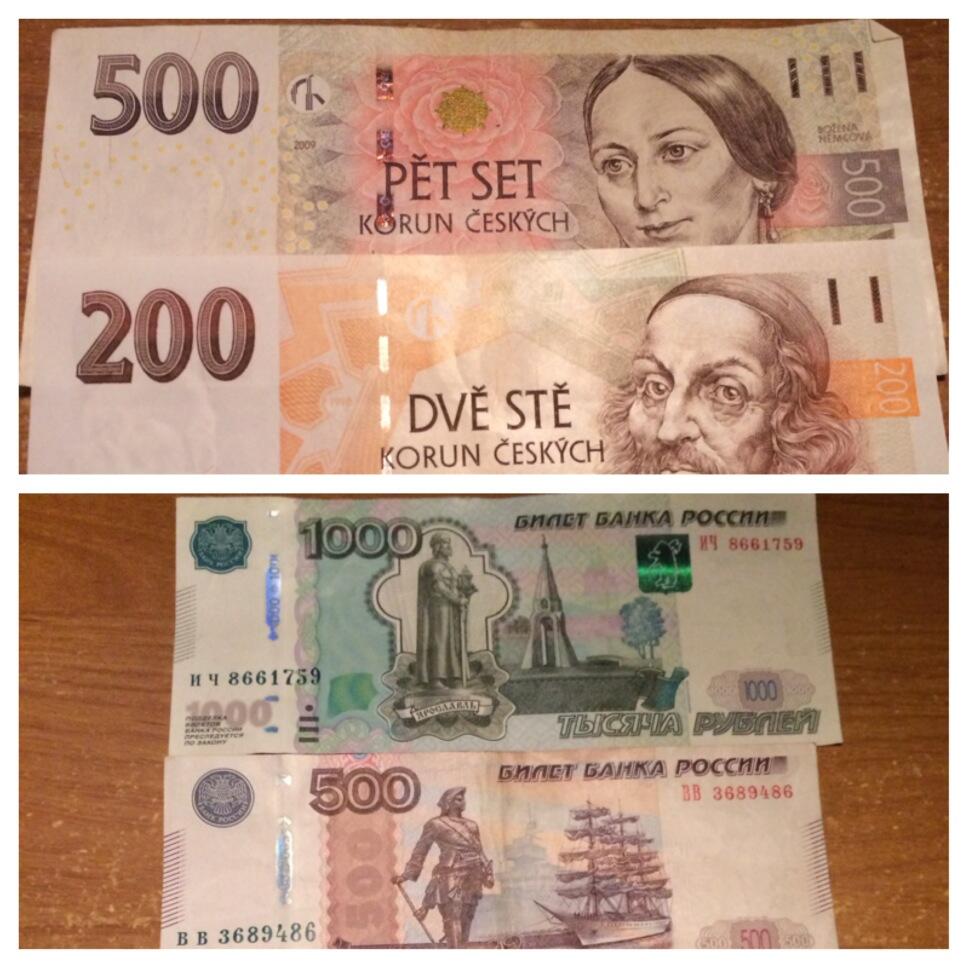
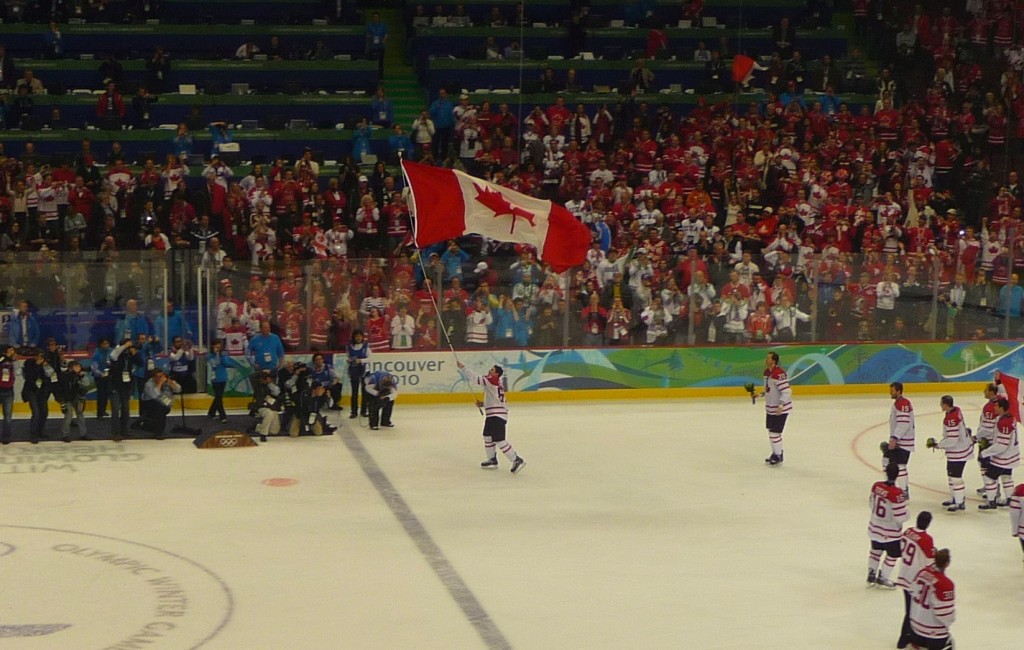










 I am a history-obsessed Canadian in search of crazy adventures and Olympic memories. I wish to connect with people from around the world as we share our love of travelling, history, culture, museums, and the occasional cemetery. From travelling solo to with friends, from London to Rome to Moscow, I have embraced life and enjoyed every moment.
I am a history-obsessed Canadian in search of crazy adventures and Olympic memories. I wish to connect with people from around the world as we share our love of travelling, history, culture, museums, and the occasional cemetery. From travelling solo to with friends, from London to Rome to Moscow, I have embraced life and enjoyed every moment. 